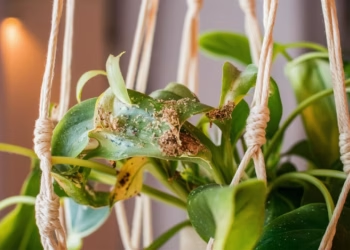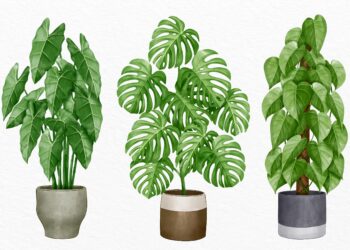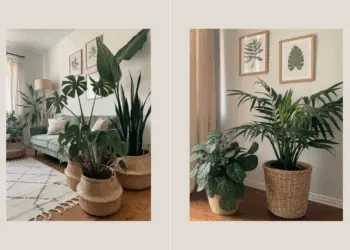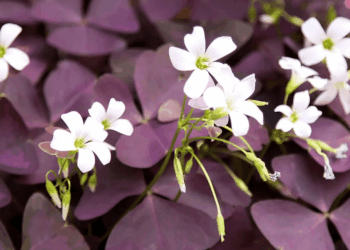Welcome, fellow plant enthusiasts, to the wonderful world of peperomia care indoor: All About Peperomia Plants! If you’re looking to elevate your indoor gardening game with charming, low-maintenance foliage, you’ve come to the right place. In this guide, we’ll delve into everything you need to know about caring for peperomia plants indoors, from choosing the perfect variety to mastering watering techniques and troubleshooting common issues. So, grab your watering can and let’s get started on this green adventure!
Table Of Contents
Getting to Know Peperomias
Before diving into the nitty-gritty of peperomia care indoor let’s take a moment to familiarize ourselves with these delightful botanical beauties.
What are Peperomia Plants?
Peperomias belong to the Piperaceae family, which includes over 1,500 species of tropical plants. These charming houseplants are cherished for their ornamental foliage, which comes in a variety of shapes, sizes, and textures. From the glossy leaves of Peperomia obtusifolia to the striking patterns of Peperomia caperata, there’s a peperomia plant to suit every indoor space.
Why Choose Peperomias for Indoor Gardening?
Peperomias are beloved by indoor gardeners for several reasons:
- Low Maintenance: With their compact size and forgiving nature, peperomias are perfect for busy plant parents or beginners.
- Versatility: Whether you prefer trailing vines or compact rosettes, there’s a peperomia variety to suit your aesthetic preferences.
- Air Purification: Like many houseplants, peperomias help improve indoor air quality by absorbing toxins and releasing oxygen.

Now that you’re acquainted with these charming plants, let’s explore the essential aspects of peperomia care indoor:
Choosing the Right Peperomia Variety
With so many peperomia species to choose from, selecting the right variety for your indoor space can feel overwhelming. Here are a few popular options to consider:
- Peperomia Obtusifolia (Baby Rubber Plant): Known for its thick, glossy leaves and easy-going nature, this variety thrives in bright, indirect light.
- Peperomia Rosso (Red Ripple Peperomia): Characterized by its striking red stems and textured leaves, Peperomia Rosso adds a pop of color to any room.
- Peperomia Caperata (Ripple Peperomia): With its deeply-veined leaves and compact growth habit, this variety is a favorite among collectors.
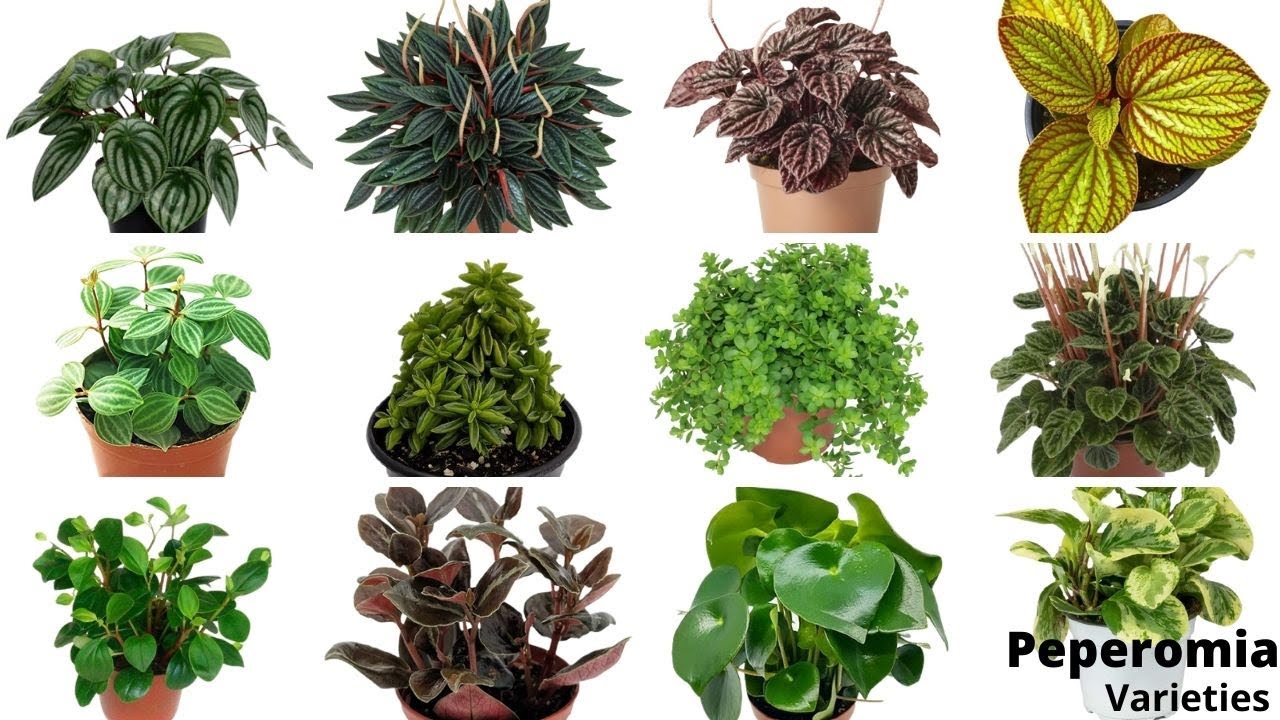
When selecting a peperomia plant, consider factors such as light levels, humidity, and space constraints to ensure optimal growth and health.
Essential Care Tips for Peperomias: How to care for peperomia plant?
Light Requirements
Peperomias prefer bright, indirect light, making them ideal for placement near east or west-facing windows. Avoid exposing them to direct sunlight, as this can scorch their delicate leaves, position your Peperomia in a room with ample natural light to foster healthy growth and vibrant foliage.

Watering Techniques
When it comes to watering peperomia plants, less is often more. Allow the top inch of soil to dry out approximately 5 – 7.5 cm deep between waterings, then water thoroughly, ensuring excess moisture drains away. It’s imperative to strike a balance as overwatering can lead to root rot, so err on the side of underwatering to prevent issues, while underwatering may cause wilting and dehydration.

Humidity and Temperature
Peperomias thrive in average to high humidity environments, making them perfect candidates for bathrooms or kitchens. Aim to maintain humidity levels between 40-50% and keep temperatures between 65-75°F (18-24°C) for optimal growth.

Soil and Potting
Use a well-draining potting mix, such as a blend of peat moss, perlite, and compost, to provide adequate aeration and moisture retention. Repot your peperomia plant every 1-2 years to refresh the soil and provide room for growth.

Fertilization
During the growing season (spring and summer), feed your peperomia plant with a balanced liquid fertilizer diluted to half strength every 4-6 weeks. However, exercise caution to avoid overfertilization, as it can lead to nutrient imbalances and foliage burn. Dilute the fertilizer according to the manufacturer’s instructions and apply it sparingly to avoid overwhelming the delicate root system of your Peperomia. Avoid fertilizing during the winter months when growth slows down.

Pruning and Maintenance
Regular pruning helps maintain the shape and appearance of your peperomia plant. Remove any yellowing or damaged leaves with clean, sharp scissors to encourage new growth. Additionally, periodically check for pests such as spider mites or mealybugs and treat promptly if detected.
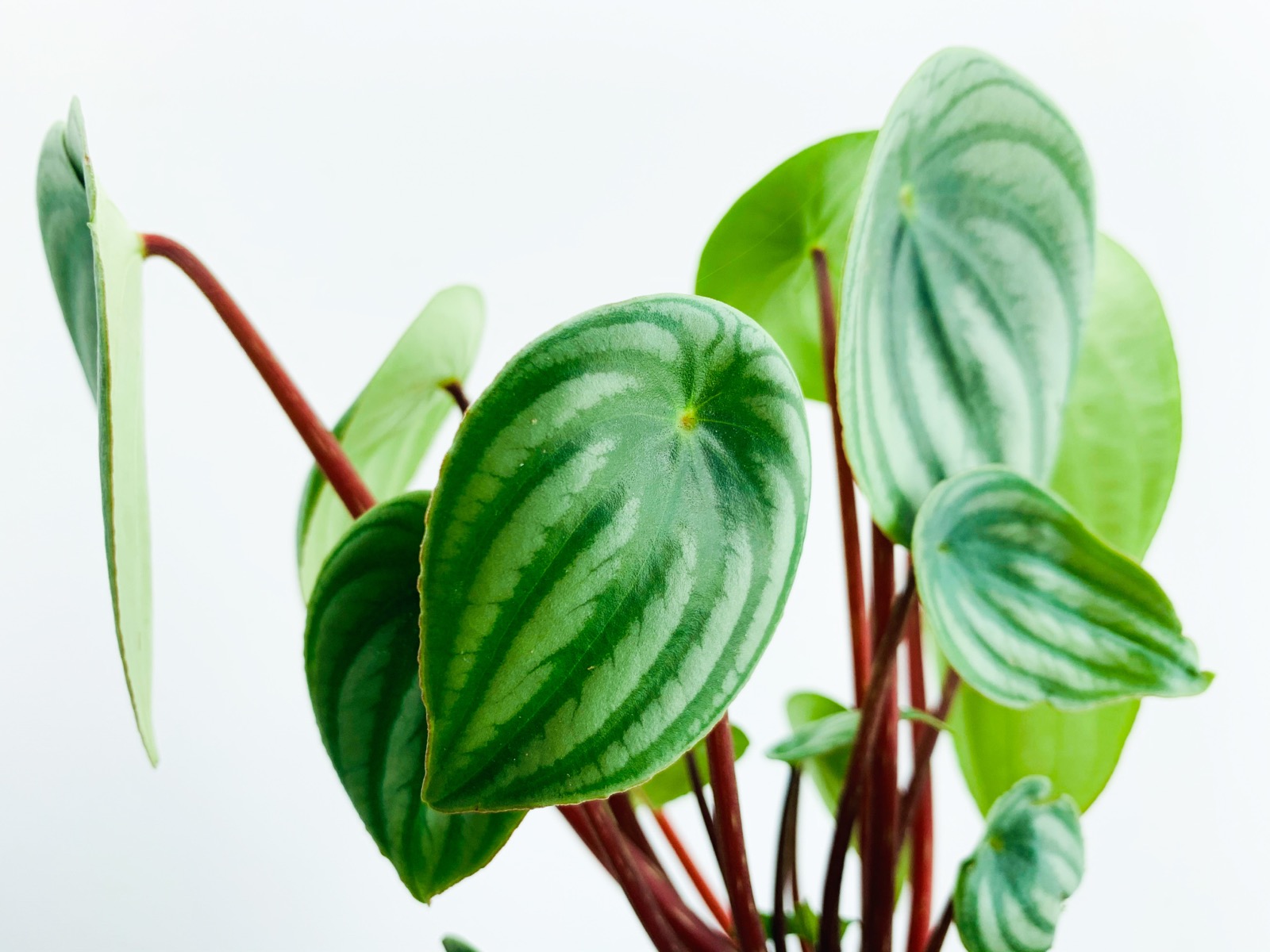
Re-Potting Recommendations: Transplanting Tips
Periodic repotting is essential for preventing soil compaction and promoting optimal root health in Peperomia plants. Aim to repot your plants every 2-3 years to refresh the potting mix and provide ample space for root expansion. When repotting, select a container of similar size or slightly larger to accommodate the growing root system. Prioritize well-draining containers to prevent waterlogging and maintain soil aeration. Repotting offers an opportunity to assess the root health of your Peperomia and address any issues such as overcrowding or root bound conditions.

Common Peperomia Care Indoor Issues
Even the most dedicated plant parent may encounter challenges when caring for peperomias. Here are some common issues and how to address them:
Yellowing Leaves
Yellowing leaves are often a sign of overwatering or insufficient light. Adjust your watering schedule and ensure your peperomia receives adequate sunlight to promote healthy growth.
Root Rot
Root rot can occur if peperomia plants are consistently overwatered or planted in poorly draining soil. To prevent root rot, allow the soil to dry out between waterings and ensure proper drainage in your plant’s container.
Pest Infestations
Pests such as spider mites, mealybugs, and aphids can occasionally target peperomia plants. Inspect your plant regularly for signs of infestation, such as webbing or sticky residue, and treat with natural or chemical insecticides as needed.
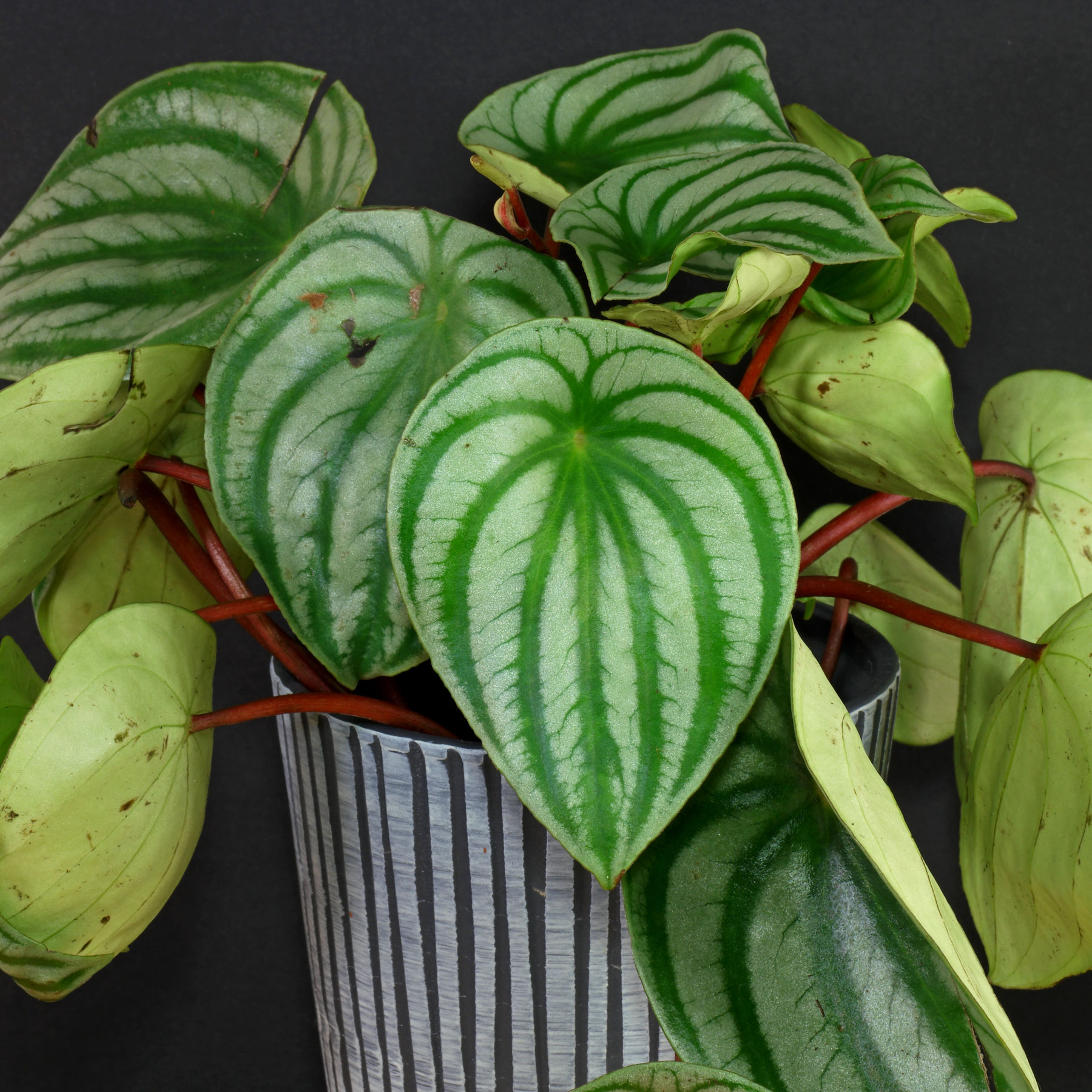
Congratulations, you’re now a certified peperomia care indoor expert! By following the tips and techniques outlined in this guide, you can confidently nurture your peperomia plants and watch them flourish in your indoor garden. Remember to observe your plants regularly, adjust care routines as needed, and most importantly, enjoy the beauty and serenity they bring to your home. Happy gardening!
FAQs
How do you care for a Peperomia plant indoors?
To care for a Peperomia plant indoors, follow these guidelines:
- Place it in bright, indirect sunlight.
- Use well-draining soil and allow the top inch of soil to dry out before watering.
- Maintain moderate humidity levels around the plant.
- Avoid overwatering and provide occasional feeding with a balanced fertilizer during the growing season.
- Prune as needed to maintain shape and remove any dead or damaged leaves.
Does Peperomia need sunlight?
Yes, Peperomia plants thrive in bright, indirect sunlight. Avoid exposing them to direct sunlight, as this can scorch their leaves. Place them near a window where they can receive plenty of filtered sunlight throughout the day.
How often do you water Peperomia?
Water Peperomia plants when the top inch of soil feels dry to the touch. Depending on factors like temperature, humidity, and pot size, this may mean watering approximately once a week or every 7-10 days. Adjust the frequency based on the plant’s specific needs and environmental conditions.
Do Peperomias like to be misted?
Peperomia plants appreciate moderate humidity, but they do not necessarily require misting. Providing adequate humidity through other methods such as a humidifier or grouping plants together is usually sufficient. However, if the air in your home is particularly dry, you can mist the leaves occasionally.
What does an overwatered Peperomia look like?
An overwatered Peperomia may display symptoms such as:
- Yellowing or browning of leaves, especially at the base of the plant.
- Soft, mushy stems or leaves.
- Wilting or drooping foliage.
- Soil that remains consistently wet or waterlogged. If you notice these signs, reduce watering and allow the soil to dry out before watering again.
Why is my Peperomia dropping leaves?
Leaf shedding in Peperomia plants can be attributed to various factors, including overwatering, temperature fluctuations, and insufficient light. Addressing these underlying issues by adjusting your watering practices, maintaining stable temperatures, and providing adequate lighting can help mitigate leaf drop and promote plant health.
How do you know when Peperomia needs water?
You can tell when a Peperomia needs water by checking the moisture level of the soil. Insert your finger into the soil up to the first knuckle. If the soil feels dry at this depth, it’s time to water. Avoid watering if the soil still feels moist, as overwatering can lead to root rot.

